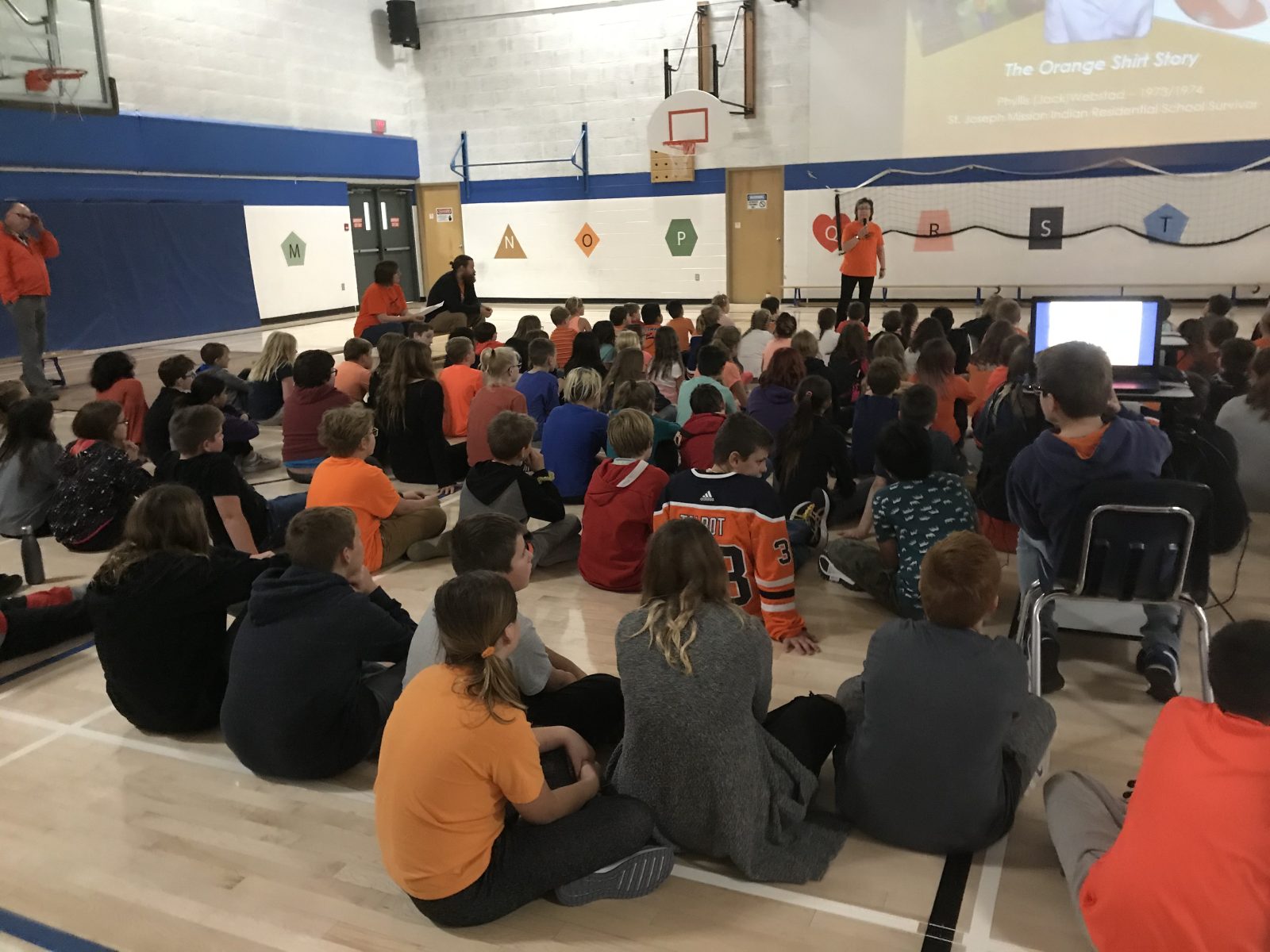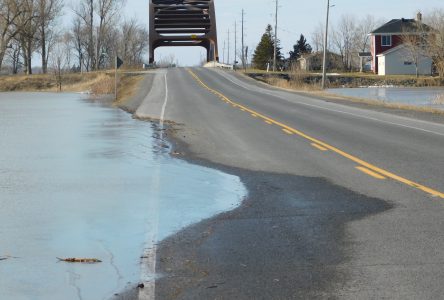The United Counties of Prescott and Russell (UCPR) observed the first National Day for Truth and Reconciliation on September 30. The new statutory holiday is a part of the reconciliation process and honours the victims and survivors of the residential school system, as well as their families and the communities they belong to. The day was observed throughout the UCPR, and many schools in the Upper Canada District School Board (UCDSB) held class activities to educate students on its importance.
“At the UCDSB, we are committed to Truth and Reconciliation,” says UCDSB Director of Education Ron Ferguson. “After the horrific findings at former residential schools earlier this year, it’s so important that we continue to have meaningful conversations in our classrooms, share in the truths of our country’s past and work toward building partnerships with our Indigenous communities.”
UCDSB schools flew their flags at half mast, and staff and students were encouraged to wear orange shirts, which have become a symbol of the day. Phyllis Webstad, an author and Northern Secwpemc (Shuswap) from the Stswecem’c Xgat’tem First Nation, was given an orange shirt on her first day of residential school in 1973, a shirt that was taken away when she arrived. Orange shirts have thus been adopted as a symbol of how residential schools stripped away the culture, freedom, and self-esteem of Indigenous children for generations.
Schools did arts and crafts projects to mark the day, hanging their works in the halls, and events were organized like drumming sessions and a hoop dance by Feryn King. Students studied the 94 Calls to Action designed to forward reconciliation efforts, and Kindergarten to Grade 8 students throughout the district were invited to a webinar with Christy Jordan-Fenton, who co-authored Fatty Legs: A True Story and When I Was Eight, where she recounted the time her Inuvialuk mother-in-law Margeret Olemaun spent at a remote arctic residential school in the 1940s.
Mayor Mario Zanth of Clarence-Rockland also released an official statement regarding the day. He said, “What can we do, as an individual, to contribute positively to this day? We can start by asking ourselves: What does reconciliation mean for me? What is the symbolism of wearing orange on this important day? More than that, we can listen with an open mind and heart when members of the Indigenous communities explain what reconciliation means to them.”



